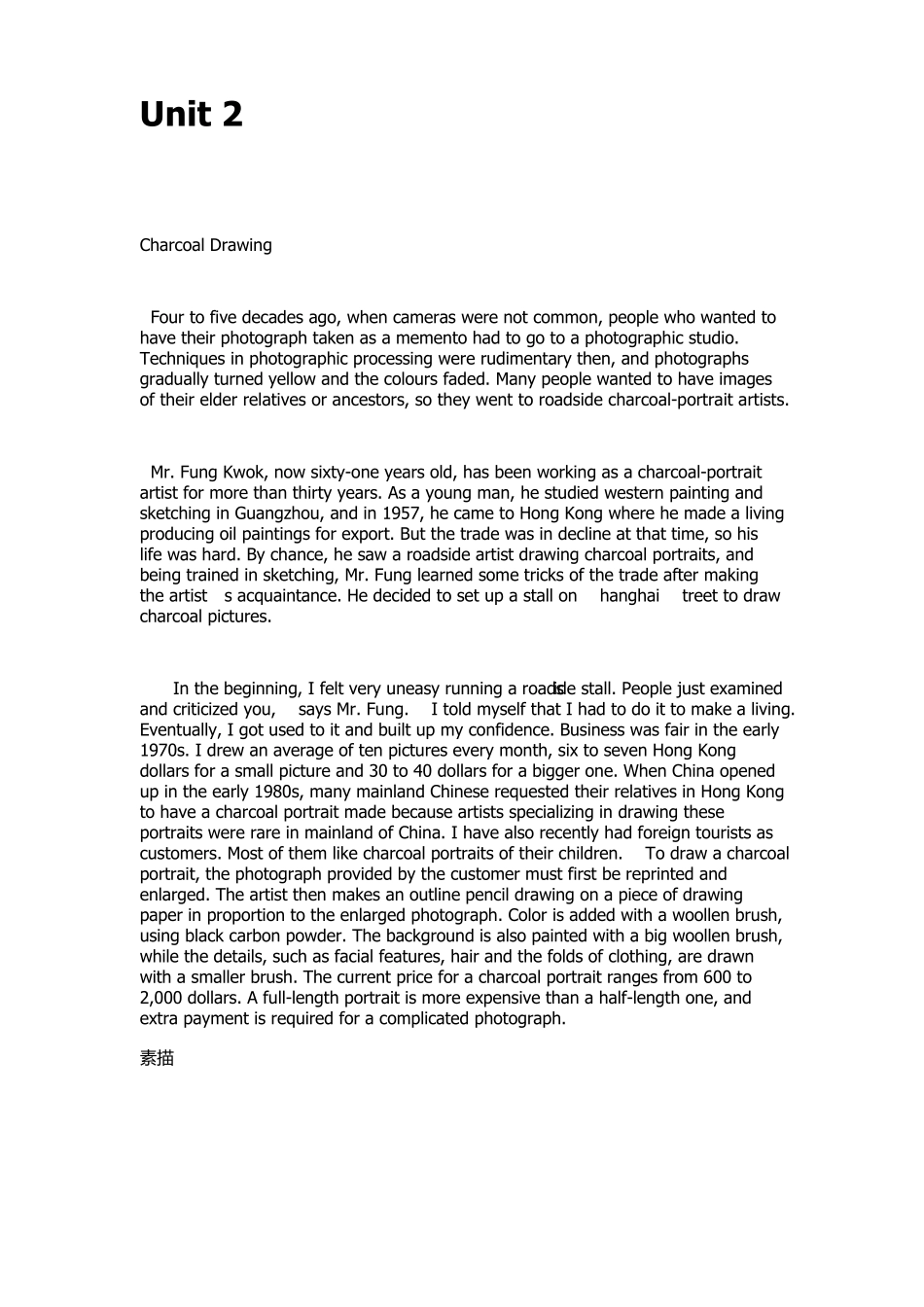Unit 1 The Evolving Notion of Home “Home, sweet home” is a phrase that expresses an essential attitude in the United States. Whether the reality of life in the family house is sweet or not so sweet, the ideal of home has great importance for many people. This ideal is a vital part of the American dream. This dream, dramatized in the history of nineteenth-century European settlers of the American West, was to find a piece of land, build a house for one’s family, and start a farm. These small households were portraits of independence: the entire family — mother, father, children, even grandparents — living in a small house and working together to support each other. Everyone understood the life-and-death importance of family cooperation and hard work. Although most people in the United States no longer live on farms, the ideal of home ownership is just as strong in the twentieth century as it was in the nineteenth. When U.S. soldiers came home after World War II, for example, they dreamed of buying houses and starting families. So there was a tremendous boom in home building. The new houses, typically in the suburbs, were often small and nearly identical, but they satisfied a deep need. Many saw the single-family house as the basis of their way of life. For the new suburbanites of the 1950s and 1960s, however, life inside their small houses was very different from life on a farm. First, the family spent much less time together in the house. The father frequently drove, or commuted, as much as an hour to work each morning. The children went to school all day and played after school with neighborhood children. The suburb itself was sometimes called a bedroom community because...


